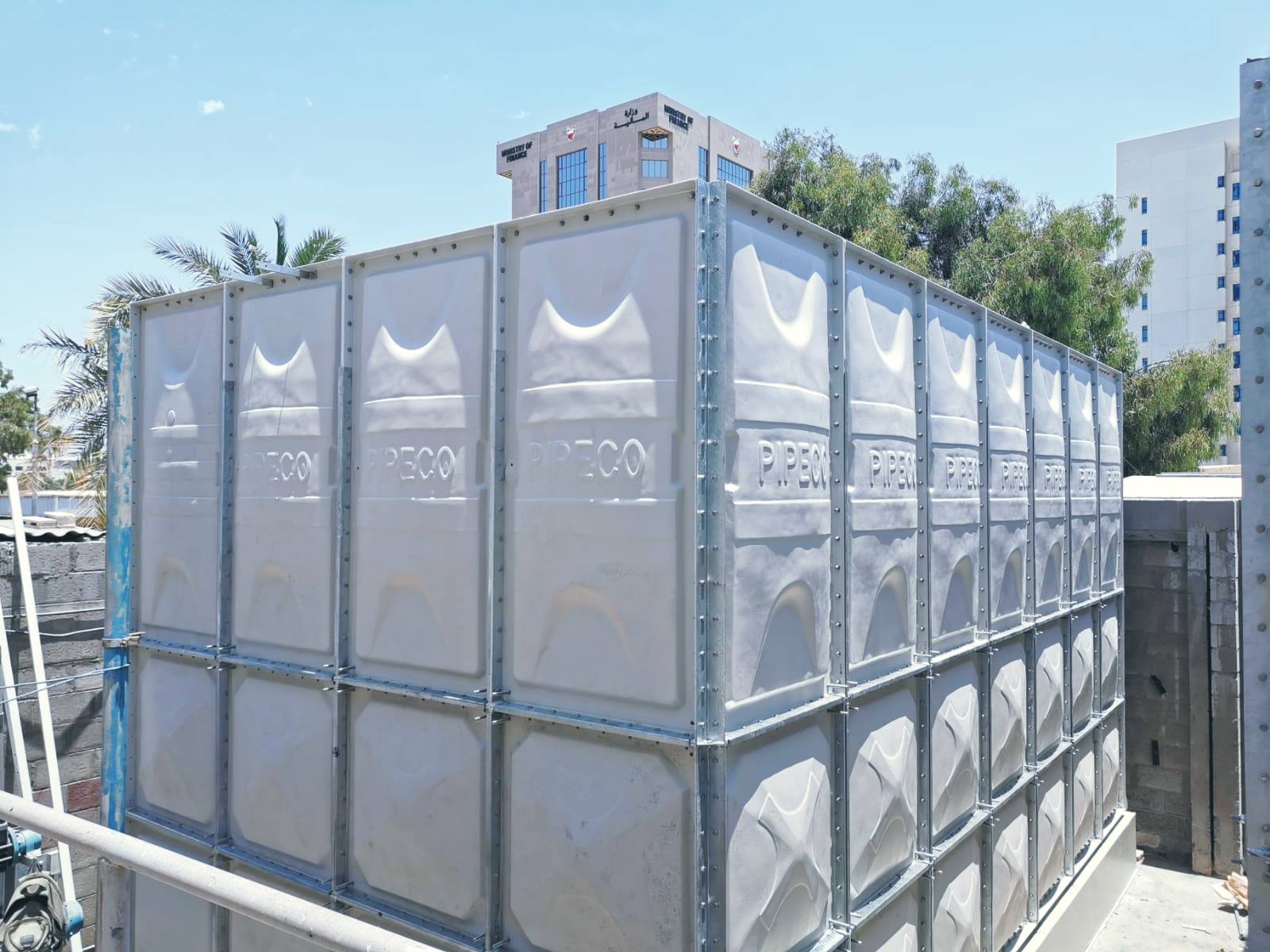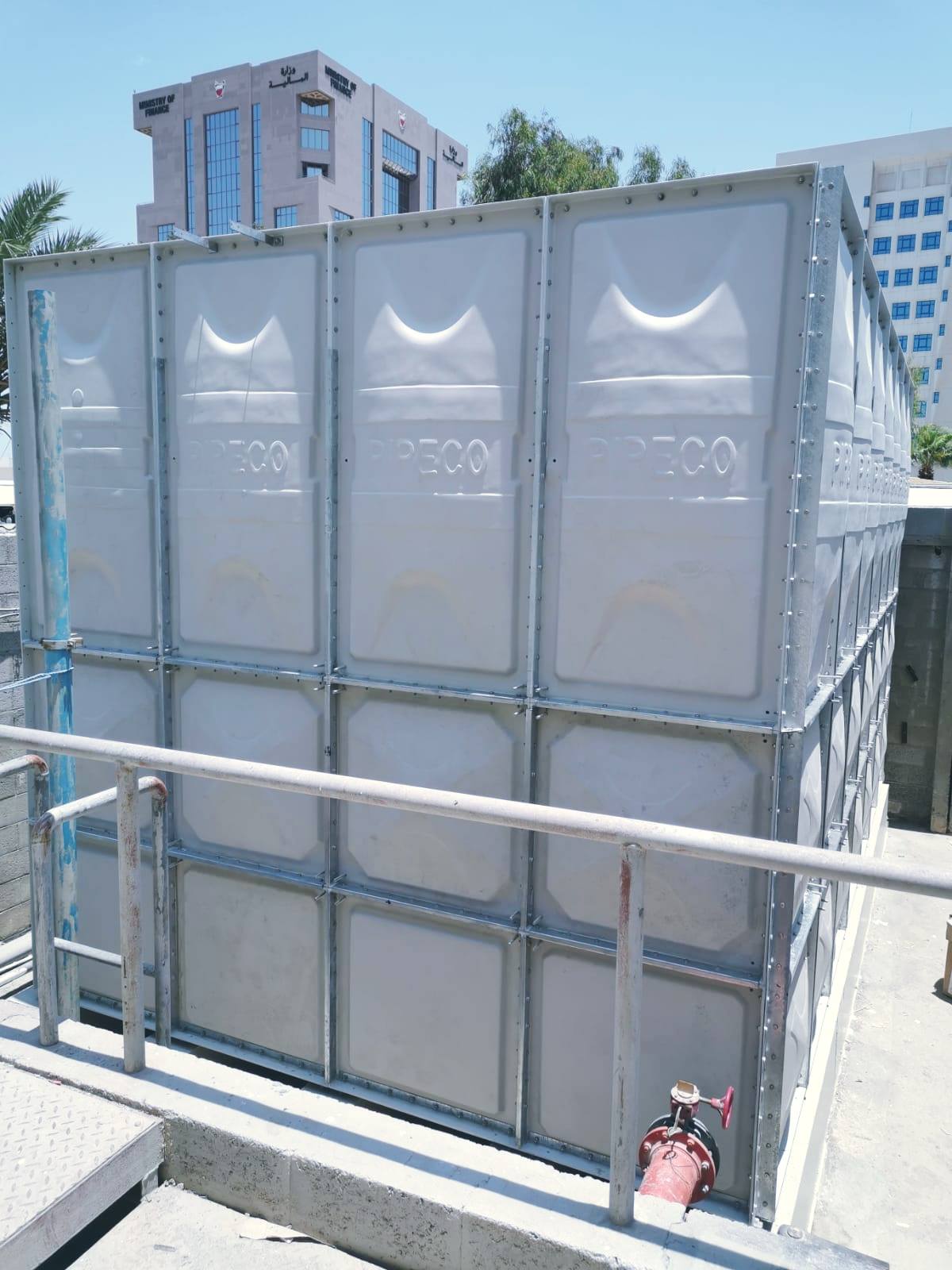This guide will look at how strong and long-lasting fiberglass tanks (FRP and GRP) are, what advantages they have, and how to make them last longer.
Fiberglass tanks, also known as FRP (Fiberglass Reinforced Plastic) tanks, are popular in many industries, like water storage, chemical processing, and wastewater management. Their superior durability, corrosion resistance, and ability to handle harsh conditions make them ideal for long-term use. But how long do they really last?
In this guide, we will talk about things that affect their lifespan, why they are better than other tank materials, and how to look after them to make sure they last for many years.

The average lifespan of a fiberglass tank ranges between 30 to 50 years, depending on how they are used, what they are exposed to and how they are looked after. Some tanks that were installed over 50 years ago are still working, which shows how long they can last.
But there are things that can make them last for a shorter time, like:
Fiberglass tanks are better than traditional tanks made of steel or concrete in several ways.Below are the key advantages that make them a popular choice:
If you want to know more about how fiberglass tanks are used, check out our guide on the advantages of GRP water tanks.

Fiberglass tanks are very strong, but there are things you can do to make them last longer.Here are some things to think about when choosing and looking after a fiberglass tank:
Regular maintenance is essential to maximize the lifespan of fiberglass tanks. Here are some best practices:
By following these steps, your fiberglass tank can provide reliable service for decades.
Fiberglass tanks are used in many industries, and how long they last depends on how and where they are used:
To learn more about specific fiberglass tank solutions, visit our GRP sectional tank page.
Fiberglass tanks are a reliable, long-lasting storage solution for a variety of applications. With a lifespan of up to 50 years or more, they are very durable, resistant to corrosion and cost-effective. To make sure your fiberglass tank lasts for decades, make sure it is installed properly, serviced regularly, and used correctly.
Want to know more about fiberglass tanks? Read our articles on GRP water tanks and how to install them.
Experience the brand Trusted by Renowned Companies across the GLOBE.

Pipeco stands at the forefront of the market, recognized as a premier manufacturer, supplier, and exporter specializing in top-tier GRP water tanks, stainless steel water tanks, and SMC manhole covers, FRP Water Tank, Fiberglass Tank, SMC Water Tank committed to delivering unparalleled quality and excellence.